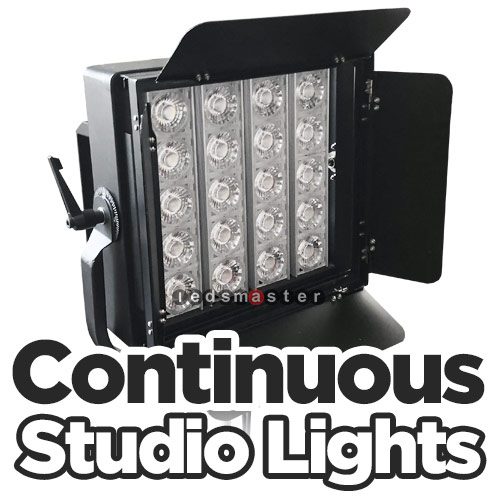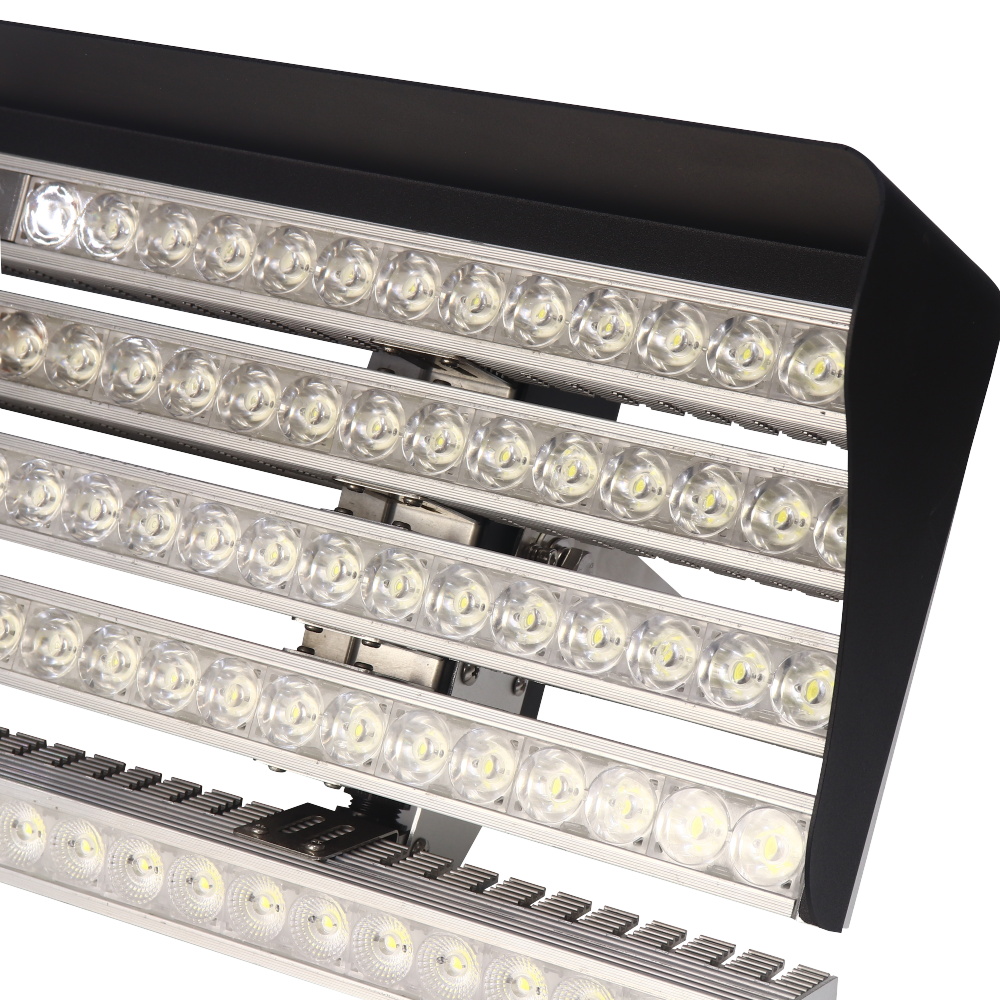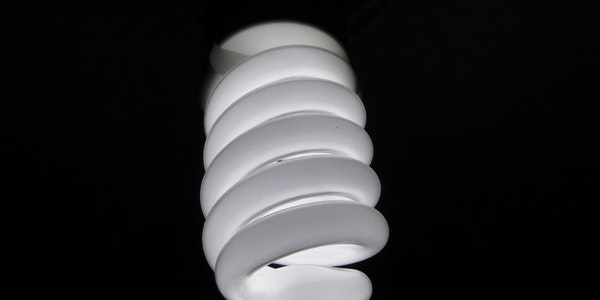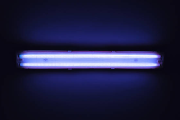The hazards of used fluorescent lamps
Fluorescent lamps are energy-saving, and their luminous efficiency is 7-10 times that of incandescent lamps, so they are widely used. However, this also brings about the problem of mercury pollution. A fluorescent lamp is a gas discharge lamp. There is mercury as a gas discharge medium in the lamp. The necessary free mercury vapor pressure (0.67-1.33pa) should be maintained during the operation of the fluorescent lamp to ensure the chemical combination of mercury with glass, phosphor and electrodes. Mercury has a very low boiling point and can evaporate at room temperature. After the waste fluorescent lamp is damaged, mercury vapor will be immediately emitted into the surrounding air, which can make the mercury concentration in the surrounding air reach 10-20 mg/m3, and the maximum allowable concentration of mercury in the air is changed to 0.01 mg/m3. One inhalation of 2.5g mercury vapor can cause death. A large-diameter fluorescent lamp with a branch diameter of 36 mm has a mercury content of 25-45 mg, a small-diameter fluorescent lamp with a branch diameter of 26 mm has a mercury content of 20 mg, and a branched compact fluorescent lamp has a mercury content of 10 mm and a diameter of 10 mg . According to statistics from the International Lighting Association, the global annual output of fluorescent lamps is about 1.5 billion, the consumption of fluorescent lamps exceeds 800 million, and the consumption of mercury is about 18 tons. If the discarded fluorescent tubes are not handled properly, the harmful components of mercury will enter the human body through the skin, breath or food, causing great harm to human health.
According to the survey of American scientists, the mercury content in the earth’s atmosphere is more than twice the standard 100 years ago. The source of mercury in the air has both natural and man-made causes. Natural causes such as the weathering of mercury-containing ore, man-made causes include the emission of exhaust gas from coal-fired power plants, fluorescent tubes in household garbage, mercury thermometers, and mercury-containing batteries.
Current status of fluorescent lamp recycling and disposal
Internationally, the recycling and disposal of fluorescent lamps adopt a combination of management and technical means.
In terms of management, developed countries have adopted legislative, administrative, economic, and educational measures to improve the quality and awareness of citizens and promote the effective implementation of policies. For example, the Swedish government has promulgated the “Electronic and Electrical Product Manufacturers Responsibility Act”, the “Regulations and Guidelines for the Pretreatment of Waste Electrical and Electronic Waste”, and the “Law on the Treatment of Waste Electrical and Electronic Equipment”. The main basis for recycling used electrical appliances in Germany is the “Recycling Economic Law and “Measures for Disposal of Waste Equipment in the Information Industry.”
In 2003, the European Union issued a directive on the end of life of electrical and electronic equipment (2002/96/EC) and a directive on the restriction of the use of certain hazardous substances in electrical and electronic equipment (2002/95/EC). These two directives are mandatory Technical regulations. The products included in the end-of-life management include “lighting equipment (fluorescent lamps, high-pressure and low-pressure sodium lamps, other lighting and special lighting)” emission or control equipment, and make specific provisions:
- Product design.
It is stipulated that the manufacturer of electronic and electrical equipment should consider the removal and renovation of the whole machine and its accessories and materials when the product is discarded in the product design stage for recycling. When necessary, the producer must achieve this goal through special design methods or processing procedures.
- Classified collection – EU Member States and producers of electronic and electrical equipment are required to establish a special system, so that users can return the scrapped electronic and electrical equipment free of charge, or the seller is responsible for one-to-one recovery of scrapped products when selling new products; at the same time, it is necessary to ensure that the recovered scrapped electronic and electrical equipment is sent to the specified authorized processing agency for processing in time.
- Disposal – it is stipulated that the disposal of scrapped electronic and electrical equipment includes “recovery” and “disposal”. “Recycling” is the reuse or recycling of the whole machine or its components and materials of the scrapped equipment, including the recycling of energy. By improving the recovery rate of the scrapped equipment, the generation of waste can be reduced as much as possible. “Disposal” is to stack, landfill and incinerate the unrecyclable wastes.
According to the basic law of building a recycling society and the relevant law of promoting the effective utilization of resources, Japan’s Ministry of general industry officially listed the waste fluorescent tubes as the target of recycling products in July 2001, and implemented the assessment of the recycling rate, thus promoting the enterprises to actively develop recycling technology and increase the processing capacity.
In terms of technology, the treatment technologies of waste lamps abroad mainly include “direct crushing separation” and “end blowing separation”.
The treatment process of “direct crushing and separation” process is as follows: firstly, the whole lamp tube is crushed, cleaned and dried, then the mixture of mercury and glass tube is recovered, then the crude mercury is recovered by roasting, evaporation and condensation, and then the mercury is refined by mercury production unit for fluorescent lamp, and each lamp tube is recovered 10-20 mg. The process is characterized by compact structure, small footprint and low investment, but the phosphor is difficult to be reused.
Example: Japan Nomura Xingchan Co., Ltd
Nomura Xingchan Co., Ltd. in Hokkaido mountainous area mainly deals with the disposal of waste batteries and waste fluorescent lamps, with 110 employees. The original waste fluorescent lamp treatment capacity of tomika mining company in Hokkaido is 10 million tubes / year. According to the demand of increasing recovery volume after the government issued regulations, it invested 600 million yen in December 2001 and increased the treatment capacity of 22.5 million tubes per year, which made the treatment capacity of 7300 tons (equivalent to 36.5 million tubes) in 2002. At the same time, it obtained the right to import waste fluorescent lamps from the Philippines. Extraction of mercury from waste fluorescent lamps can reach 40 tons a year, meeting the annual demand of Japan, realizing the real sense of recycling, thus ensuring the operation cost and profit of the enterprise.
The “cut end purge separation” process is to cut off both ends of the lamp tube, blow in high-pressure air to blow out the mercury containing phosphor and collect it, and then recycle mercury through vacuum heater. The purity of mercury is 99.9%. The feature of this technology is that the recyclable rare earth phosphors can be effectively classified and collected, but the investment is large.
Example: NKK environment company of Japan
NKK environment, a subsidiary of NKK company responsible for waste plastic recycling, introduced the “end cut purge separation” regeneration device for waste fluorescent tubes from Germany in 2000, and made full use of its waste plastic recycling network and logistics system in Kanto area for centralized recycling of waste fluorescent tubes. The processing capacity reached 6 million in 2001 and expanded to 8 million in 2002. The regenerated mercury is transported to Germany for industrial use after refining. Phosphor and glass tube are also supplied to related enterprises.
Current status of China’s fluorescent lamp recycling and disposal
In 1995, China formulated and promulgated the “Law of the People’s Republic of China on the Prevention and Control of Environmental Pollution by Solid Wastes”, and promulgated and implemented the “National Directory of Hazardous Wastes” and “Hazardous Waste Identification Standards.” , Which forms the basis of China’s hazardous solid waste management. Since then, special activities such as “Green Lighting Project” have been carried out to promote green and environmentally friendly lighting products.
According to the national plan for the construction of hazardous waste and medical waste disposal facilities, 31 comprehensive hazardous waste disposal centers with complete functions are planned to be built nationwide, with a new hazardous waste disposal capacity of 2.82 million tons / year. The enterprise has newly expanded its comprehensive utilization and disposal capacity of 3.5 million tons per year, and all the hazardous wastes generated in that year will be treated, and the hazardous wastes stored over the years will be gradually digested. Waste fluorescent lamps as “hazardous solid waste” are mainly incinerated with “hazardous solid waste” such as waste batteries, waste household appliances and even medical waste, the main reason is that the number of waste fluorescent tubes collected cannot meet the requirements for separate disposal.
In August 1999, the first mercury containing lamp treatment plant in Jiangsu Province was built in the South Jiangsu solid waste treatment and comprehensive utilization plant of Yixing City and Qiaozhen town. At the same time, the waste water and waste gas purification system was built, which can treat 1500 tons of mercury containing lamps annually. After two steps of mercury removal and two-stage rinsing, the broken waste lamp tubes are completely recycled, and the cleaned glass becomes the raw material for reprocessing. The pickling and rinsing wastewater is recycled after treatment. But at present, with the support and intervention of the government, the annual centralized treatment capacity of mercury containing lamps is still less than 500 tons, only one third of the treatment capacity, and the enterprise benefit is affected.
Conclusion
In view of the current situation of the use and recycling of fluorescent tubes in China and the severe form of potential pollution, we should do the following work as soon as possible:
4.1 strengthen publicity and update ideas
Strengthen publicity and education. Through radio, television, Internet and other modern media, as well as publicity materials, textbooks and other means, widely publicize the harm of waste fluorescent tubes to the environment and human health and the significance of recycling, improve the people’s awareness of environmental protection and self-protection, realize self-awareness support and participation in recycling, and form a good habit of not randomly discarding waste fluorescent tubes.
In addition, lamp manufacturers should update their ideas and take the initiative to send waste fluorescent tubes to centralized treatment, instead of “selling” them to other glassware manufacturers for small profits. This should be coordinated with the means of economic regulation and control.
4.2 improve the policy system and supervision means
In view of the particularity of the requirements for the storage, transportation and disposal of waste fluorescent tubes, the supervision and management of the whole process of the flow direction and disposal of mercury containing fluorescent tubes should be strengthened. First of all, we should improve the policy system in a timely manner. On the basis of implementing the law of the people’s Republic of China on the prevention and control of environmental pollution by solid waste, we should establish the implementation rules or relevant special regulations for the safe treatment of mercury containing lamps as soon as possible, so as to make the recovery and safe treatment of scrapped mercury containing lamps more lawful and operable, which is conducive to the supervision and management of the collection and treatment of scrapped mercury containing lamps; Second, it is necessary to establish a standard system of collecting sewage charges for enterprises producing scrapped mercury containing lamps as soon as possible, fill in the blank of charges and penalties for this kind of solid waste, and use economic leverage to promote the safe and centralized treatment of mercury containing lamps; third, it is necessary to construct the whole process supervision procedure for the flow direction of scrapped mercury containing lamps, so as to change the unorganized free trading into organized centralized recycling; fourth, it is necessary to establish incentive mechanism Encourage and support policies to help centralized processing enterprises operate effectively.
4.3 attach importance to the identification and control of environmental factors in products
Fluorescent tube manufacturers should introduce the ISO14001 concept in the product design stage, evaluate the existing or potential environmental factors throughout the product life cycle, and fully consider control measures from the product design and production stage to achieve the most effective pollution prevention.
4.4 strengthen the research and development of treatment and disposal technologies suitable for China’s national conditions
At present, our country has not yet formed a waste fluorescent tube treatment and disposal technology suitable for China’s national conditions. Combined with the characteristics of production, use and recycling in our country, it is of great significance for our country to basically eliminate the potential pollution in this field by combining the introduction of technology with digestion and absorption.





